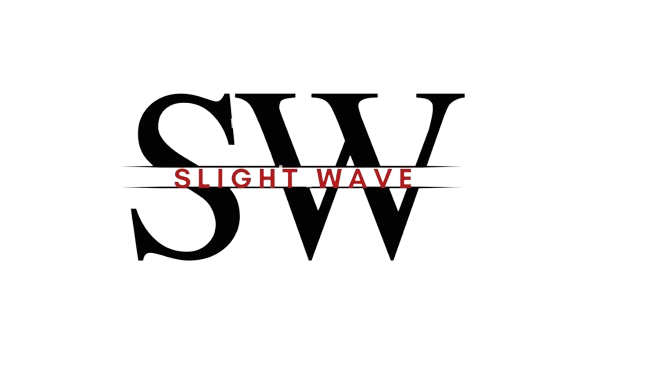Introduction
Welcome to the world of cutting-edge technology and digital investigation! In today’s fast-paced digital era, video forensics tools play a crucial role in unraveling mysteries and uncovering crucial evidence. Are you ready to delve into the realm of video analysis and discover the benefits of utilizing video forensics software? Buckle up as we take a deep dive into this fascinating topic that is revolutionizing investigative processes!
Types of Video Forensics Tools
Video forensics tools are essential for analyzing, authenticating, and enhancing video footage for various purposes, including law enforcement investigations, legal proceedings, and digital media analysis. Here are some types of video forensics tools commonly used:
- Video Enhancement Tools
- Video Stabilization Software
- Video Authentication Software
- Video Analysis and Measurement Tools
- Video Recovery Tools
- Video Codec Analysis Tools
- Face Recognition Software
- Metadata Analysis Tools
- Deep Learning and AI-based Tools
- Open Source and Commercial Solutions
These tools are often used in combination to perform comprehensive video analysis and forensic examinations, providing valuable insights and evidence for investigations and legal proceedings. VIP 2.0 is one of the most useful video forensics tools used for CCTV DVR/NVR drives developed by SalvationDATA. It can efficiently recover deleted, lost, or fragmented videos and perform rapid and effective forensics. It integrated video retrieve, recovery, extraction, analysis, and forensic reporting. Forensic Download here to get a free trial now!
Benefits of Using Video Forensics Tools for Video Analysis
- Enhanced Evidence Quality: Video forensics tools help improve the quality of video evidence, making it clearer and more detailed.
- Identifying Suspects: These tools aid in identifying suspects by enhancing and analyzing video footage, allowing for clearer identification.
- Witness Testimony Enhancement: By clarifying details in video recordings, these tools enhance witness testimony, providing a clearer understanding of events.
- Virtual Crime Scene Reconstruction: Video forensics tools facilitate the recreation of crime scenes virtually through 3D modeling based on captured footage, aiding in investigations.
- Court Admissibility: Forensic video analysis tools provide court-admissible evidence, ensuring the reliability and integrity of video evidence presented in legal proceedings.
- Object and Activity Tracking: These tools enable the tracking of individuals or objects within video footage, assisting in surveillance and investigative tasks.
Factors to Consider When Choosing a Video Forensics Tool
- Functionality and Features: Evaluate the tool’s capabilities, such as video enhancement, stabilization, authentication, and analysis features, ensuring they meet your specific forensic requirements.
- Ease of Use: Consider the tool’s user interface and usability to ensure efficient workflow and ease of operation.
- Compatibility: Ensure compatibility with various video formats and systems commonly encountered in forensic investigations.
- Reliability and Accuracy: Look for tools with a proven track record of reliability and accuracy in video analysis and authentication.
- Cost and Value: Assess the tool’s cost-effectiveness and value proposition, considering both upfront costs and long-term benefits.
- Support and Training: Look for vendors that offer responsive support and comprehensive training resources to ensure effective utilization of the tool.
- Security and Compliance: Consider the tool’s security features and compliance with data protection regulations to safeguard sensitive information.
Conclusion
In today’s digital world, the use of video forensics tools for video analysis has revolutionized investigative processes. The benefits of using such advanced tools are undeniable—saving time, ensuring accuracy and reliability in evidence collection, and providing comprehensive analysis options. By leveraging technology effectively, investigators can streamline their workflows, enhance their capabilities, and ultimately improve the outcomes of their cases.
As technology continues to advance at a rapid pace, it is crucial for professionals in the field of forensic video analysis to stay updated with the latest tools and techniques available. By embracing innovation and incorporating video forensics software into their investigative practices, they can harness the power of technology to uncover valuable insights from digital evidence with efficiency and precision.




